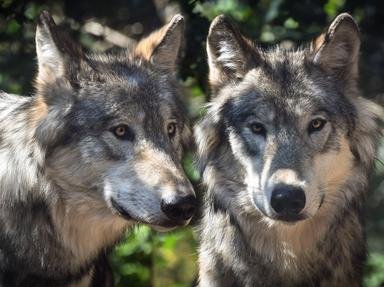Quiz Answer Key and Fun Facts
1. Foxes are canines of which there are twelve extant species. Are red foxes the largest of these species?
2. The red fox is the widest distributed of all the vulpines. Apart from Antarctica, which is the only continent where there are no foxes?
3. Around 1830, a change occurred in the red fox population that was detrimental to the larger animal ecosystem. What was this change?
4. The origin of the name "fox" comes from an old English word meaning "thick-haired tail".
5. The red fox is known for its slyness, cunning and intelligence in general. As a result, red foxes developed, through evolution, some handy tools and rituals. What is the red fox in the photo doing?
6. Perhaps because of its close association with man, there are several collective nouns to describe a group of foxes. Which of the following is *NOT* one of them?
7. There are frequent occasions when red foxes are found in urban environments. Under what circumstances do we find urban vulpines?
8. Unfortunately, the red fox can spread disease to humans especially when they are in proximity to them. Which of the following is the most dangerous disease vector carried by red foxes?
9. Foxes appear in the folklore of many cultures. In which country do we see many kitsune (fox) statues associated with the kami (god) Inari?
10. Fox hunting with hounds was banned in England, Wales and Scotland by 2005 followed by a blanket ban on fur farming across the European Union by 2010.
Source: Author
1nn1
This quiz was reviewed by FunTrivia editor
rossian before going online.
Any errors found in FunTrivia content are routinely corrected through our feedback system.
